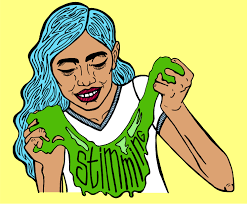Do you stim? If you do, you’re not alone. Stimming is a common behavior for people on the autism spectrum. It can be useful for calming and self-regulation. But it can also cause problems in social situations. In this blog post, we will discuss all things stimming (foot tapping, hand flapping) – from types of stimming to coping with stimming to therapies and medications. We will also hear from experts and share a case study of punishment for stimming. So whether you’re just starting to learn about stimming or you’re looking for more information, this post has something for you!
Contents
Understanding Stimming (Foot Tapping, Hand Flapping)
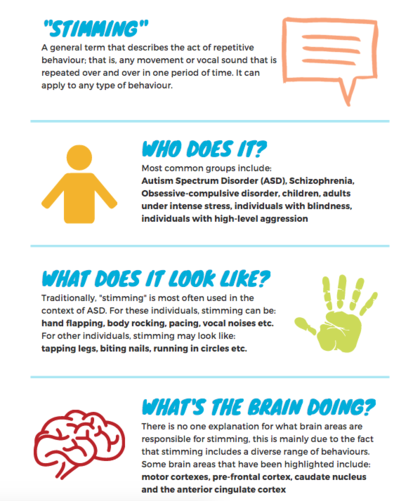
Stimming is a self-stimulatory behavior that can be repetitive and rhythmic. It can involve any part of the body, but is often seen in the hands (e.g., hand-flapping) or feet (e.g., foot-tapping). Stimming can also involve movement of the whole body (e.g., rocking back and forth). Other common stims include:
- Hair twirling
- Chewing on things
- Picking at skin or nails
- Staring at lights or spinning objects
Types of Stimming
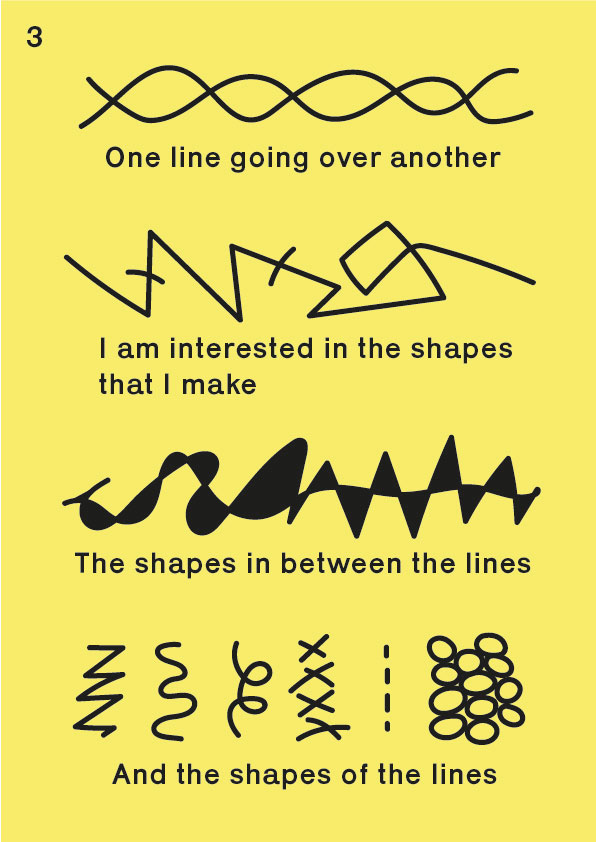
There are two main types of stimming (foot tapping, hand flapping):
External and Internal
- External stimming is when a person stims with objects in the environment. This could include tapping on a table or spinning a toy.
- Internal stimming is when a person stims with their own body. This could include hand-flapping or rocking back and forth.
Symptoms of Stimming
There are many different symptoms of stimming. Some common symptoms include:
- Hyperactivity
- Hypoactivity
- Obsessive thoughts
- Ritualistic behaviors
- Repetitive movements
- Compulsive behaviors
Causes of Stimming
There is no one cause of stimming. It is thought to be a combination of genetic and environmental factors. Some possible causes include:
- Neurological differences – People with stimming often have differences in the way their brains are wired. This can make them more prone to stimming behavior.
- Sensory processing differences – People with stimming may be more sensitive to certain sensory inputs (e.g., sound, touch, smell). This can lead to stimming as a way of self-regulating.
- Emotional difficulties – People with stimming may have difficulty processing emotions. This can lead to stimming as a way of coping with strong emotions.
Risk Factors of Stimming
There are several risk factors for stimming (foot tapping, hand flapping). These include:
- Autism spectrum disorder – Stimming is very common in people with ASD. It is thought to be a way of coping with the social and sensory challenges of ASD.
- Attention deficit hyperactivity disorder – Stimming is also common in people with ADHD. It is thought to be a way of dealing with the excess energy and impulsivity associated with ADHD.
- Anxiety disorders – Stimming may be a way of dealing with anxiety or stress.
- Depression – Stimming may be a way of dealing with the low mood and lack of energy associated with depression.
Stimming And Allistic People
Allistic people are those who do not stim. For some allistic people, stimming is seen as strange or bizarre behavior. This can lead to social isolation and exclusion for people who stim. It is important to remember that stimming is normal and natural behavior for many people on the autism spectrum.
Coping With Stimming
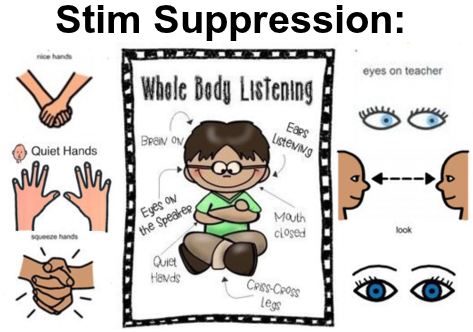
If you stim, there are several things you can do to cope with your stimming.
Self-help Tips
Some self-help tips include:
- Identify your triggers – If you know what triggers your stimming, you can try to avoid or remove these triggers from your environment.
- Use self-help tools – There are many different self-help tools available to help you cope with stimming. These include books, websites, and online forums.
- Find alternative coping mechanisms – If you stim as a way of dealing with emotions, try to find other ways of coping with your emotions. This could include journaling, talking to a friend, or exercising.
Self-help Tools
Several self-help tools can be useful for individuals who stim. These include:
- Chewing gum or candy
- Stress balls or other objects to squeeze or fidget with
- Bouncy balls or other objects to bounce off the ground
- Music or sound recordings that help to soothe or calm
- Visual aids, such as photos, videos, or drawings that are calming or special to the individual
Self-help Techniques
Several self-help techniques can be useful for individuals who stim. For instance:
- Practicing positive self-talk
- Talking to a professional therapist
- Focusing on deep breaths and taking time to relax
- Keeping a journal to document thoughts and feelings
Talk To a Professional
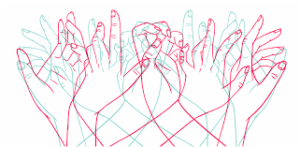
If you’re struggling to cope with your stimming (foot tapping, hand flapping), talking to a mental health professional can be very helpful. Since they can provide you with support and resources to help you cope with your stimming.
Therapies
There are many different therapies available to help people with stimming. These include:
- Dialectical behavior therapy – This type of therapy can help you develop coping skills to deal with emotions healthily.
- Occupational therapy – This type of therapy can help you find alternative ways of stimming that are less disruptive and more socially acceptable.
- Cognitive-behavioral therapy – This type of therapy can help you understand and change the thoughts and behaviors that contribute to your stimming.
Medications
There are no medications specifically approved for the treatment of stimming. However, many different types of medication can be used to treat the underlying conditions that may contribute to stimming. These include:
- Anti-anxiety medications – These medications can help to reduce anxiety and stress.
- Stimulant medications – These medications can help to improve attention and focus.
- Antidepressant medications – These medications can help to improve mood and energy levels.
Hearing From Experts
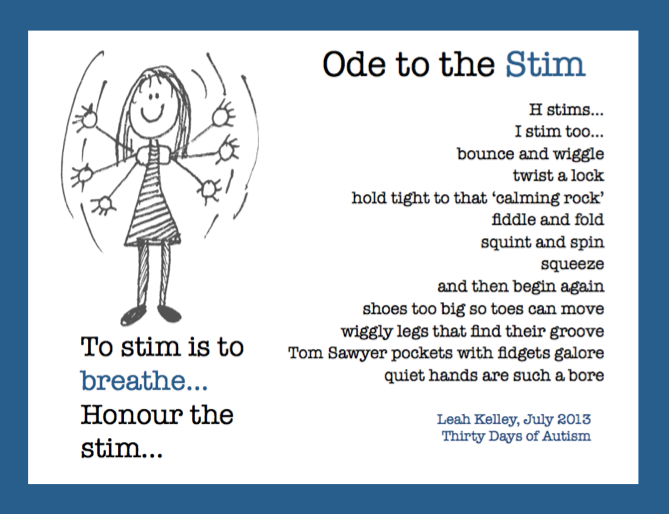
There are many experts who have spoken out about stimming. Dr. Temple Grandin is a world-renowned autism expert and has talked extensively about stimming. In her book “The Autistic Brain: Thinking Across the Spectrum,” she discusses how different people with autism spectrum disorder (ASD) stim to help them think, learn, and communicate.
Dr. Stephen Shore is another expert on autism who has talked about stimming. He was diagnosed with autism at a young age and has since become a teacher and author on the subject. Furthermore, Dr. Shore believes that everyone stims in some way. And that it’s a normal part of being autistic. He also believes that it’s important to allow people with autism to stim in whatever way works best for them.
NOTE: There are many other experts who have spoken out about stimming, and their perspectives can be helpful in understanding this behavior. So, if you’re interested in learning more, it’s worth checking out some of their work. Since, the more we learn about stimming, the better we can understand and support people who engage in it.
Case Study
Punishment For Stimming (foot tapping, hand flapping)
Joe is a 15-year-old boy with an autism spectrum disorder. He stims by tapping his foot and flapping his hands. His parents have tried to stop him from stemming, but he continues to do it anyway. They have tried to punish him by grounding him and taking away his privileges, but this has not stopped him from stimming.
Resources
If you want to learn more about stimming (foot tapping, hand flapping), here are some great resources:
- The Autism Research Centre at the University of Cambridge has a wealth of information on stimming, including case studies and videos.
- Autism Speaks has a page on stimming with information for parents, educators, and individuals with autism spectrum disorder (ASD).
- The Stimming Checklist from the American Speech-Language-Hearing Association (ASHA) is a comprehensive guide that covers all aspects of stimming.
- Finally, check out the Stimtastic website – it’s specifically aimed at helping people with ASD learn more about stimming and how to do it safely and effectively.
Conclusion
Stimming (foot tapping, hand flapping) is a normal and natural part of the human experience. It is a way of self-regulating and coping with the challenges of life. Moreover, there is no one right way to stim, and there is no need to try to stop stimming. However, if you are struggling to cope with your stimming, talk to a mental health professional. Also, there are many different therapies available that can help you cope with your stimming. Furthermore, there are also many different resources available to help you find support. Remember, you are not alone.
A Word From Therapy Mantra
Your mental health — Your psychological, emotional, and social well-being — has an impact on every aspect of your life. Positive mental health essentially allows you to effectively deal with life’s everyday challenges.
At TherapyMantra, we have a team of therapists who provide affordable online therapy to assist you with issues such as depression, anxiety, stress, workplace Issues, addiction, relationship, OCD, LGBTQ, and PTSD. You can book a free therapy or download our free Android or iOS app.
